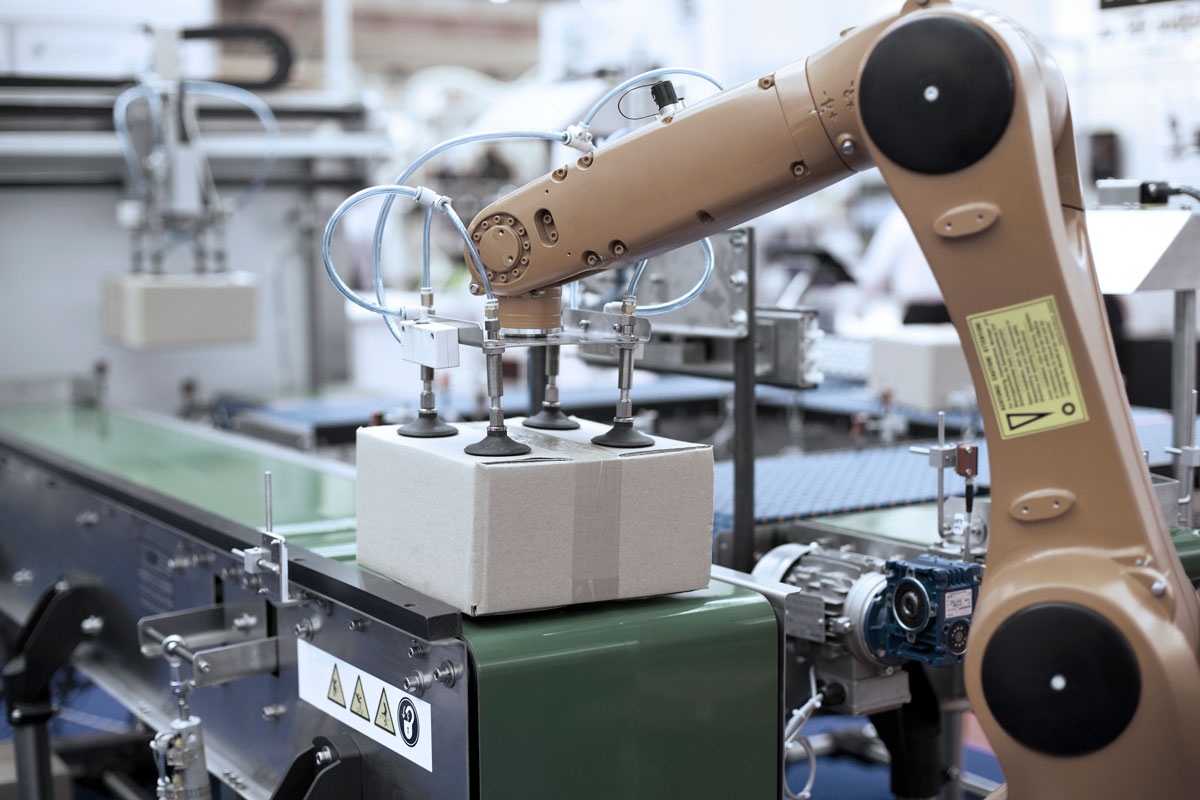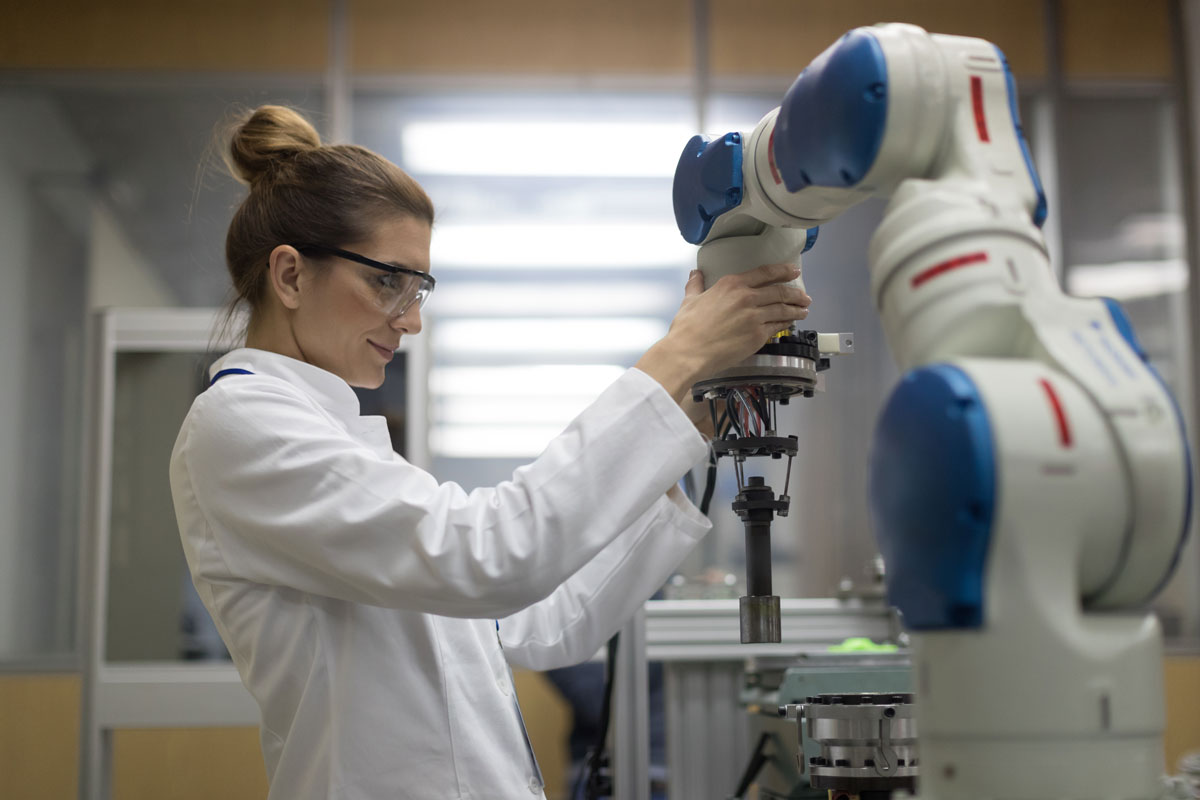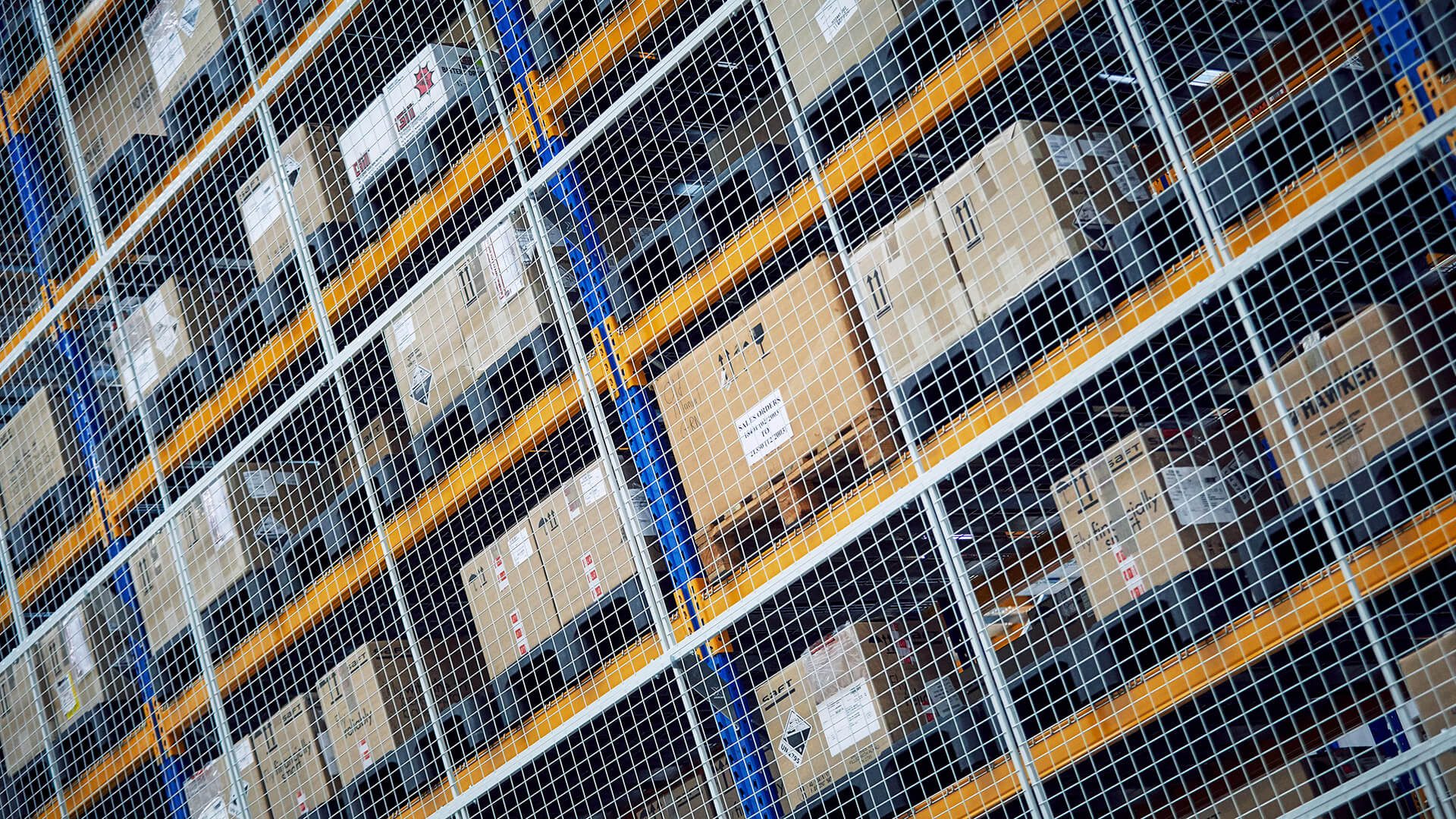More than the 3 Ds: The benefit of using robots in the aviation supply chain

Derived from the alliterative Japanese term ‘kitanai, kiken, kitsu’, it’s interesting to note how the ‘3 Ds’ of automation describing the jobs robots are better suited to than humans – dirty, dangerous, demeaning/demanding/difficult – have evolved into four with the addition of ‘dear’.
It’s an illustration of how industry has primarily thought of robots as a means of solving problems and not engaged them enough in overall optimisation.
If implemented in a smart fashion, robots can bring enormous benefits to the maintenance, repair and overhaul (MRO) sector: most notably in regards to speed, efficiency and eliminating human error.
It can enable MROs, manufacturers and suppliers to find ways to streamline their operations and cut costs as robotic technology expands and matures.
Nevertheless, getting an aviation supply chain warehouse ready to support robots is not as straightforward as people might think.
Robots won't solve everything
Among those concerned about the misconception is Bob Doyle, VP at A3 Association for Advancing Automation – a trade organisation representing more than 1,200 members in the field of robotics and automation:
“In general, I think people are thinking: ‘I’ll just bring in a robot and that is going to solve all my problems,’ but that’s not necessarily the case. Bringing in robots can surely help, but it is not suddenly going to make you 5,000 percent more efficient. There is definitely a return on investment from implementing robots – that is why they exist – but I think there is a misconception as to what problems robots can help resolve.”
One of the main challenges is that robots are usually created with a specific task in mind. For example, in the MRO sector it could be single parts repairs, carbon fibre machining or intricate inspection tasks.
But while they might excel at that one task – which they can perform all day, every day for years – the robots often struggle when it comes to being able to perform several different tasks.
Getting a grip
This lack of multi-task capability is simply because nothing yet compares to the adaptability of the human hand. We can grip, hold and lift just about every shape as long as it doesn't weigh too much. Robots, on the other hand, need specially designed grippers for each task, explains Doyle:
“When you think of the potentially hundreds of thousands of products in a warehouse, to make a one-size-fits-all gripper that can grip anything and get it in the right box to be delivered to the consumer – that is still a very difficult thing to do for a robot.”
What does MTBUR stand for?
That is why the message from the robotics trade organisation is that there still is a great necessity for humans in logistics and in warehouses.
Technology transforms jobs
Working at a warehouse might require different skills in the coming years, and this is especially true for some positions. As new technologies evolve, the job requirements in the industry follow, and this in itself isn’t anything new, continues Doyle:
“Technology has been transforming jobs since the industrial revolution, and we don’t see it being any different now.”
Certainly, at the A3 Association for Advancing Automation, members are struggling to find the people to fill the openings they have today, and this has got even harder in the MRO sector since the pandemic, Doyle reveals.
The use of robotics within the maintenance, repair and overhaul (MRO) sector has been a hot topic for several years now and the greater efficiencies that they could introduce are particularly promising when seen in the light of the sector’s labour shortage.
Investigating the global MRO labour shortage.
The future workforce needs more college students – and not only highly-educated engineers or PhDs. Shorter programmes and skill trades aimed at high school graduates – who in two years can get an associate degree in advanced manufacturing or robotics – are going to fill necessary roles in the warehouse of tomorrow.
Experienced warehouse workers could just as easily fill some of these positions after going through a training programme, so the future isn't all robots and inexperienced graduates, contends Doyle:
“The people whose jobs are being replaced by robots are very important, but with some training they should be able to fill some of the new positions.”

Less demanding, dull and dangerous
Robots are mostly used to alleviate the workload of humans in unattractive positions – the aforementioned 3 Ds. Whether it’s continuous lifting and moving things around, or doing the same motions over and over, 3D jobs wear the human body down.
Using them is a no-brainer, according to Doyle, who believes the aviation supply chain is doing a pretty good job at creating new positions to replace them:
“Why wouldn’t we use a robot to take the human out of that situation and put that person into a different more pleasing position, where their job is of greater value?”
Some might be worried that robots create a hazardous work environment for humans, but the robotics industry already has quite strict safety standards to ensure the safety of the people working in the same space as robots, explains Doyle:
“We as an association have developed a safety standard, and the robotics industry in general has a very strong safety record, and we certainly want that to continue.”
The robots are fitted with different sensors to ensure the safety of the employees. They are required to be able to stop instantaneously if they hit anything and move slow enough not to injure anyone if hit. Doyle further explains:
“There are a bunch of technologies that allow humans to work within the workspace of a robot. At the same time, you need to look at what that robot is doing. If a robot is holding something sharp, you don’t want it near people waving the object around.”
Robotics in logistics
Overall robotics and automation are expected to make logistics more successful at its very core: getting products from A to B faster and more efficiently with greater predictability – making customers happier in the process.
According to the Association for Advancing Automation, the benefits from robotics will most likely be greatest in the e-commerce industry where products and boxes are typically a lot alike and therefore easier to align with an automated process.
At IoT and the huge benefits that will follow for aviation companies.
Right now the area of robotics seeing the fastest growth is Autonomous Mobile Robots (AMRs). They are spreading fast, according to Doyle, but remain niche despite a high uptake among startups:
“We are talking small percentages. If you look at robots in warehouses and logistics across the country and the world, it’s a very small percentage. But it’s certainly growing.”

What’s the timeframe?
As robots become more flexible and nimble in the years to come, it is likely we will see more of them moving products around, packaging and perhaps even delivering goods autonomously.
Although one can think of many applications of robotics in the aviation supply chain, the industry is just beginning to explore the opportunities.
It’s hard to say how and when the industry can expect robotics to become mainstream, but we know one thing: the implementation of robotics is likely to be supported by a long list of other emerging technologies like additive manufacturing and IoT.
The 5 biggest challenges with additive manufacturing.